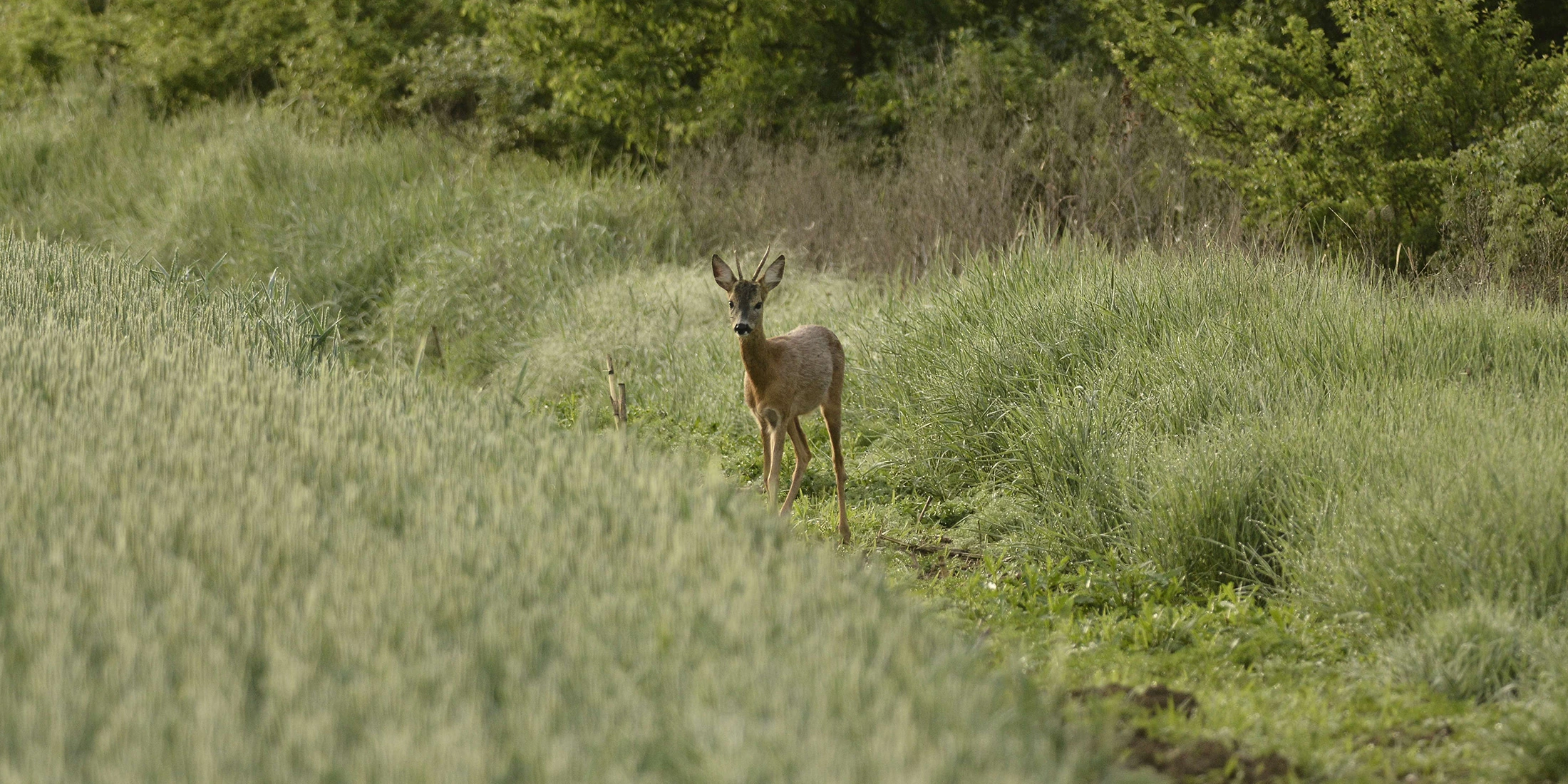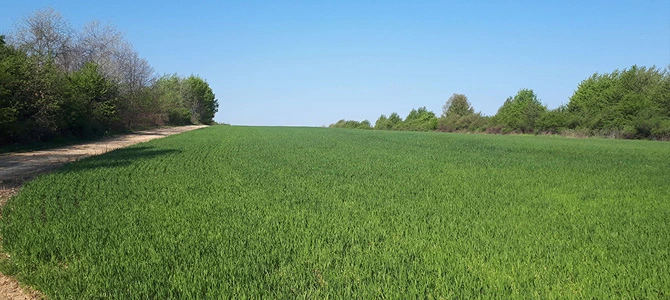We need agriculture, food security must be considered a priority in any scenario. At the same time, we need healthy products, and the best barometer for the health of agricultural products is the biodiversity of the cultivated land. Where environmentally friendly agriculture is practiced, both biodiversity and product quality are at a high level.
Biodiversity loss and ecosystem collapse are among the top 5 threats facing the world (according to the World Economic Forum). At the same time, the European Environment Agency has found that the intensification of agriculture remains one of the main causes of biodiversity loss and ecosystem degradation in Europe. The agricultural lands have been transformed from areas with diversified landscapes into uniform lands, practically huge tracts of land where only crops (often monocultures) are found, without habitats that can accommodate species.
The main activities of the project are:
• Establishment of areas with high floristic diversity to favor pollinating insects in the vicinity of agricultural crops (sunflower, orchards);
• Realization and installation in the vicinity of agricultural lands of some artificial nests and shelters that would lead to the maintenance of the diversity of specific avifauna;
• Testing measures to improve soil structure by increasing the diversity of native perennials on pastures and degraded land;
• Acquisition and establishment of land areas to test the functioning of agroforestry systems in which crops and trees are planted in complementary or even synergistic combinations, to generate production and ecological benefits;
• Identifying, mapping and monitoring the specificity of hedges, riparian buffer zones and other types of corridors that can mitigate the loss of local biodiversity in areas with intensive agriculture;
• Establish a multi-stakeholder platform and set up a coordinating body for local farmers to take responsibility for the planning process of biodiversity management on agricultural land;;





